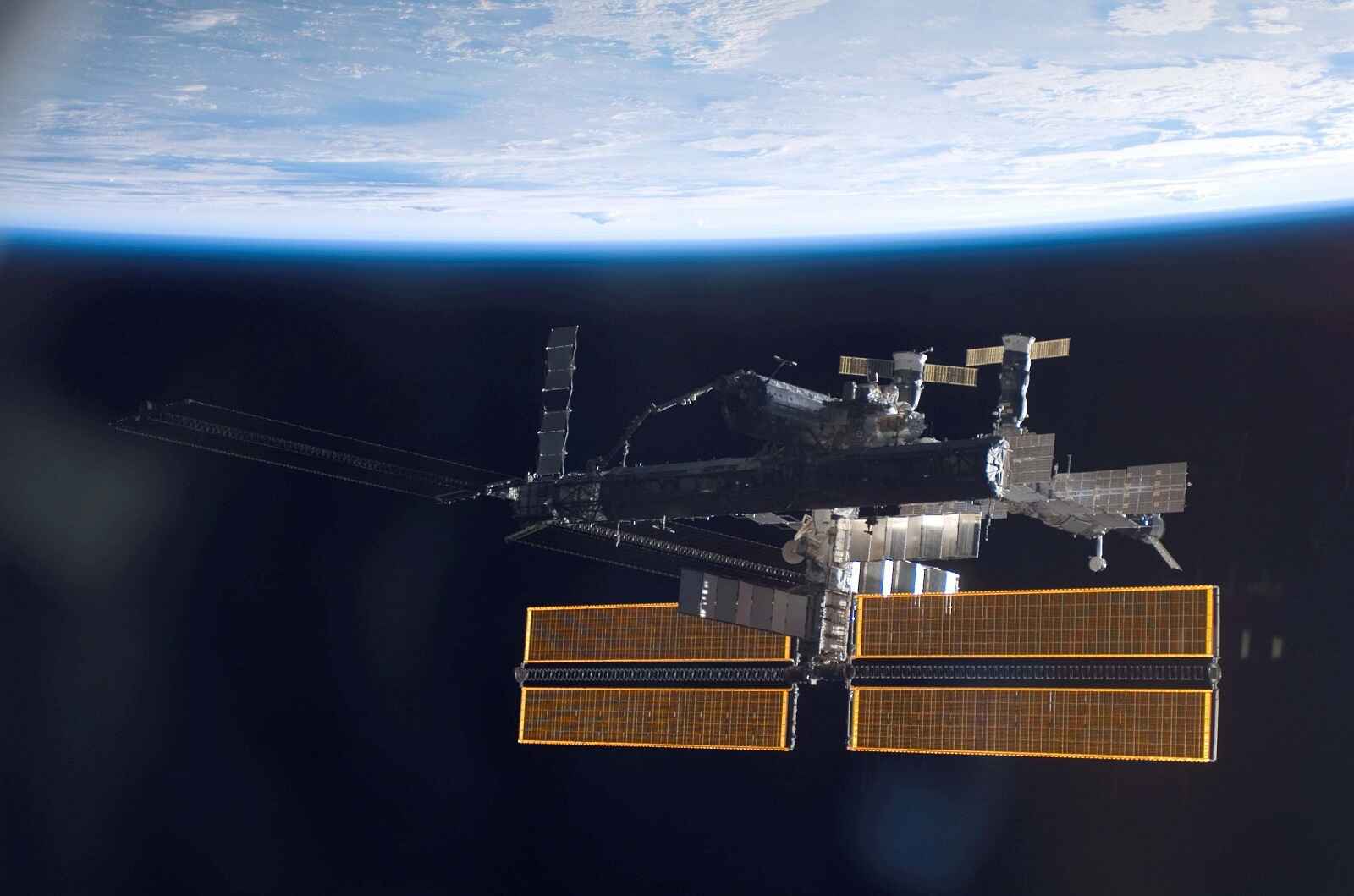A canister from space crashed through Florida home last month. Here’s what was inside.
Last month, a 19-year-old resident of Naples, Florida, called his dad with nearly unbelievable news. Their home had a gaping hole in the roof after something hurled through the house with a thunderous landing.
NASA has confirmed that the object was space trash launched by its International Space Station crew three years ago. The debris was housed in a metal case called a stanchion. The space-grade stanchion is composed of a strong, heat-resistant superalloy coined Inconel. According to NPR, the canister is a bit smaller than a soda can.
Inside the stanchion are discarded batteries. The stanchion was part of a battery pallet weighing 5,800 pounds. The crew had released the pallet in 2021 for an uncontrolled reentry.
Predictions about the space trash’s atmospheric entry date – March 8th – were accurate, but the exact location was slightly off. The debris was expected to enter above the Gulf of Mexico. Naples is certainly not far off, and the stanchion was expected to totally disintegrate. Instead, it remained almost admirably intact. The stanchion was built almost “too” well.

Space trash can pose dangers, and regulations have been in place for 50 years
Thankfully, the impact was not suffered by a living entity. However, the risk to any nearby human was incredibly high. If the 19-year-old had been in the same room, it’s hard to think about the sobering results.
Postively, the battery-filled stanchion didn’t pose a hazardous material risk to the family. NASA came and picked up the object without issue.
Laws and regulations about space debris liability have been in place since the early seventies. As you might imagine, debris has been accumulating outside the earth’s atmosphere for decades. Damage claims of all sorts occur in space and earthside.
While NASA expected this batch of space trash to burn up upon reentry, it told NPR that it will look at reengineering stanchions so that they are more likely to fully disintegrate.
